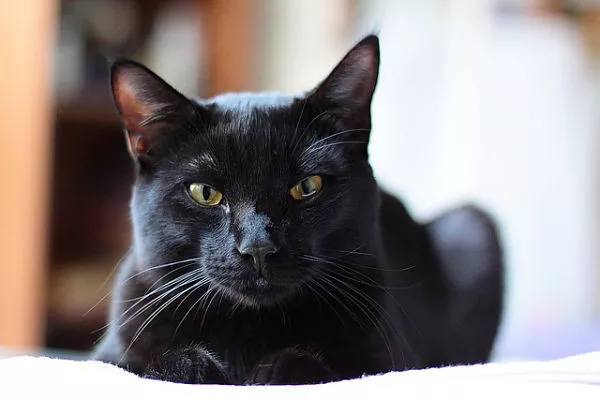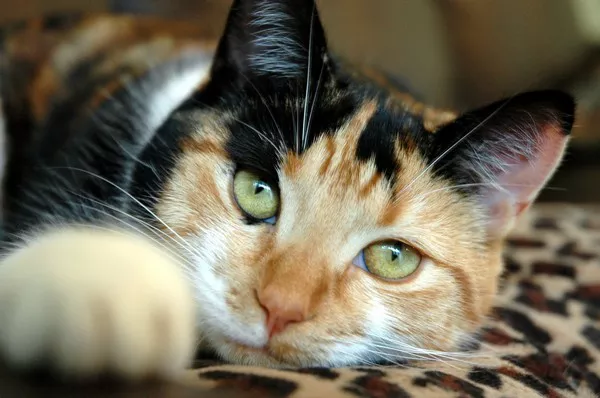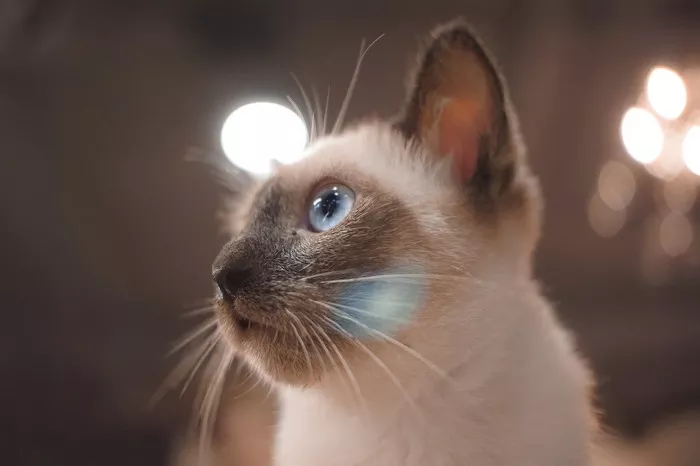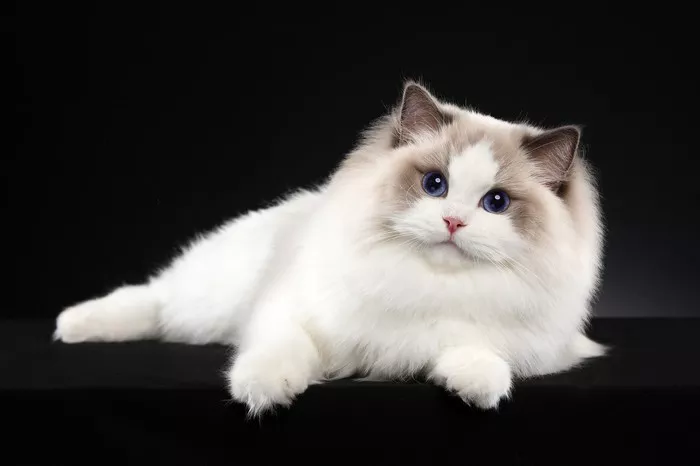The notion of sharing a piece of chocolate with our feline companions might seem endearing, conjuring images of a contented cat enjoying a treat. However, the reality is far from charming, as chocolate poses significant risks to cats. In this comprehensive exploration, we delve into the reasons why chocolate is detrimental to feline health, the specific compounds responsible for its toxicity, and the potential consequences of allowing cats access to this seemingly innocent indulgence.
Understanding the Feline Digestive System
Before delving into the perils of chocolate consumption for cats, it’s crucial to understand the intricacies of their digestive system. Cats are obligate carnivores, meaning their diet primarily consists of meat. Their bodies are not equipped to process certain substances found in many human foods, and chocolate is a prime example of a treat that can have severe consequences for our feline friends.
The Culprits: Theobromine and Caffeine
Chocolate contains two stimulants that are part of the methylxanthine class of chemicals: theobromine and caffeine. While humans can metabolize these compounds relatively efficiently, cats lack the necessary enzymes to break them down, leading to a heightened sensitivity and prolonged presence of these stimulants in their systems.
Theobromine, in particular, is the chief culprit behind chocolate toxicity in cats. It belongs to the same chemical family as caffeine and is found in varying concentrations in different types of chocolate. Dark chocolate, cocoa powder, and baking chocolate contain higher levels of theobromine compared to milk chocolate, making them even more hazardous for feline consumption.
The Dangers of Theobromine Poisoning in Cats
Theobromine affects the central nervous system, cardiovascular system, and peripheral nerves in cats. When ingested in toxic amounts, it can lead to a range of symptoms and, in severe cases, be fatal. The effects of theobromine poisoning can manifest within a few hours of chocolate ingestion and may include:
Gastrointestinal Distress: Cats may experience vomiting, diarrhea, and abdominal discomfort.
Hyperactivity and Restlessness: The stimulant properties of theobromine can lead to increased heart rate, hyperactivity, and general restlessness.
Tremors and Seizures: In more severe cases, cats may exhibit tremors or seizures, indicating a critical level of theobromine toxicity.
Increased Thirst and Urination: Theobromine stimulates diuresis, leading to increased thirst and more frequent urination.
Elevated Body Temperature: Cats may develop a fever due to the stimulant effects of theobromine on the central nervous system.
Cardiovascular Issues: Theobromine can cause irregular heart rhythms and, in extreme cases, cardiac arrest.
Chocolate Varieties and Their Theobromine Content
Not all chocolates are created equal when it comes to theobromine content. Understanding the varying concentrations can help cat owners gauge the potential risk associated with different types of chocolate. Here’s a breakdown of common chocolate varieties:
White Chocolate: While it contains the least amount of theobromine, it still poses a risk if ingested in large quantities.
Milk Chocolate: More common and less concentrated than dark chocolate, milk chocolate presents a moderate risk to cats.
Dark Chocolate: With higher theobromine levels, dark chocolate is a significant threat to feline health.
Cocoa Powder and Baking Chocolate: These concentrated forms of chocolate pack the highest theobromine content, making them extremely hazardous for cats.
What to Do If Your Cat Ingests Chocolate
If you suspect or witness your cat ingesting chocolate, prompt action is crucial. Contact your veterinarian immediately and provide them with details such as the type and quantity of chocolate consumed, along with your cat’s weight. Time is of the essence, as early intervention can significantly improve the chances of a positive outcome.
Your veterinarian may induce vomiting, administer activated charcoal to limit the absorption of theobromine, and provide supportive care to manage symptoms. In severe cases, hospitalization and intensive care may be necessary.
Prevention and Responsible Pet Ownership
Preventing chocolate toxicity in cats revolves around responsible pet ownership. Here are key measures to safeguard your feline companions:
Secure Storage: Store all chocolate products, including baking ingredients and cocoa powder, in places that are inaccessible to cats. Cats are notorious for their agility, so choose storage locations wisely.
Educate Family and Guests: Ensure that everyone in your household and any visitors are aware of the dangers of feeding chocolate to cats. Communicate the importance of adhering to a feline-friendly diet.
Read Labels: Check the ingredients of any packaged foods to identify potential sources of chocolate. Some products, such as certain desserts and snacks, may contain chocolate in varying forms.
Emergency Preparedness: Familiarize yourself with the location and contact information of the nearest emergency veterinary clinic. In the event of chocolate ingestion, time is critical, and knowing where to seek help can make a significant difference.
Alternative Treats: Instead of offering chocolate, explore cat-friendly treats specifically designed for feline palates. Numerous options are available, ensuring that your cat can indulge safely.
Conclusion
In the complex tapestry of feline health, understanding the potential dangers of seemingly harmless treats like chocolate is paramount. Theobromine, a potent stimulant found in chocolate, can lead to serious health issues and even prove fatal for cats. As responsible and caring pet owners, it is our duty to create a safe environment that minimizes the risks associated with toxic foods.
By recognizing the signs of theobromine poisoning, being aware of the theobromine content in various chocolate varieties, and taking swift action in the event of chocolate ingestion, we can protect our feline companions from unnecessary harm. As we celebrate the joys of sharing our lives with cats, let us prioritize their well-being by embracing a diet that aligns with their unique physiological needs. In the delicate balance of treats and safety, informed choices pave the way for a harmonious and healthy coexistence between feline friends and their human caretakers.



























